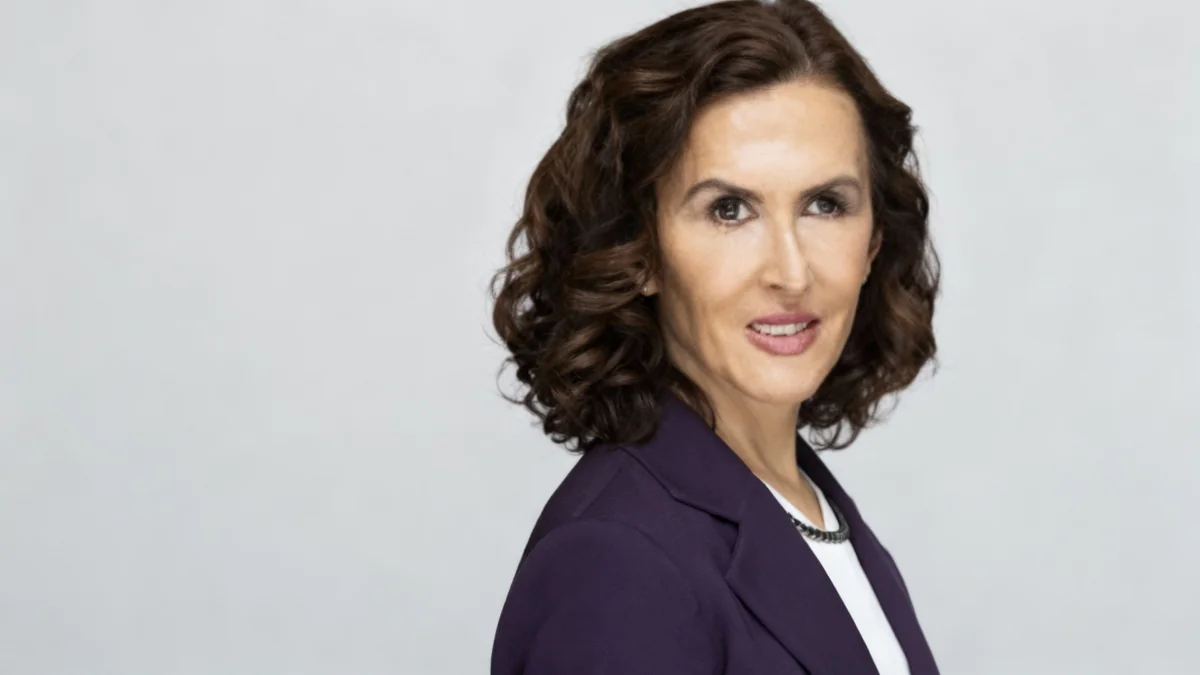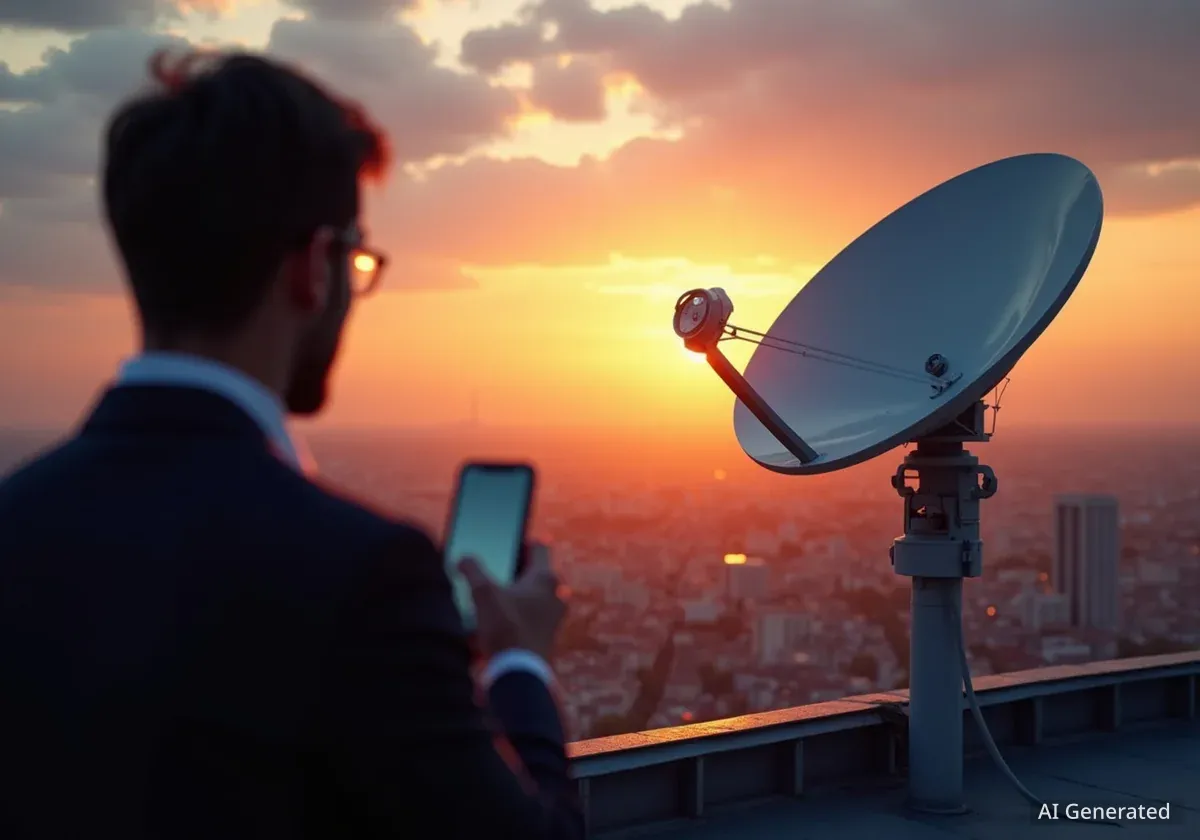A new European project is developing a groundbreaking method to move hazardous space debris without physical contact. The initiative, named ALBATOR, aims to use a focused beam of ions to push junk out of the way, offering a safer alternative to current capture-based cleanup proposals.
Funded by the European Commission, this collaboration between academic and industry scientists seeks to address the rapidly growing threat that orbital debris poses to active satellites and future space missions.
Key Takeaways
- The ALBATOR project is developing a touchless technology to move space debris using a plasma-based ion beam.
- This method avoids the high risks associated with physically capturing objects traveling at over 17,500 miles per hour.
- The goal is to provide a safer, more versatile solution for managing the increasingly crowded environment in Low Earth Orbit.
- The project is a collaborative effort funded by the European Commission, involving both scientific institutions and commercial space companies.
The Crowded Skies Above Earth
Low Earth Orbit is becoming dangerously congested. Decades of space exploration have left a legacy of debris, including spent rocket stages, defunct satellites, and countless fragments from past collisions. These objects are not stationary; they orbit the planet at incredible speeds, posing a constant threat to operational spacecraft.
A collision with even a small piece of debris can be catastrophic for a satellite or a crewed vehicle like the International Space Station. Navigating this orbital minefield requires constant monitoring and occasional avoidance maneuvers, consuming valuable fuel and resources.
A High-Speed Hazard
Orbital debris travels at approximately 17,500 miles per hour (about 28,000 kilometers per hour). At this velocity, the kinetic energy of a small object is immense, making any impact highly destructive.
As companies launch vast constellations of new satellites every month, the probability of collisions increases, creating a cycle where each impact generates even more debris. This escalating problem, known as the Kessler syndrome, threatens to make parts of Earth's orbit unusable for future generations.
A Contactless Cleanup Solution
Current proposals for cleaning up space junk often involve complex and risky maneuvers, such as capturing debris with nets, harpoons, or robotic arms. These methods require a cleanup satellite to physically dock with or grab a piece of debris that could be tumbling unpredictably.
The ALBATOR project proposes a radical new approach: moving the junk from a safe distance. The core of the technology is a plasma-based ion beam system. A specialized satellite would generate and direct a beam of charged particles at a target piece of debris. This stream of ions would impart a small but steady force, gradually pushing the object and altering its trajectory.
What is an Ion Beam?
An ion beam is a stream of charged atoms (ions). This technology is already used in space for ion thrusters, which propel spacecraft efficiently over long distances. ALBATOR adapts this concept to exert force on an external object rather than the spacecraft itself.
By using this method, the cleanup satellite can avoid the perilous task of making physical contact. The project is currently focused on testing the concept and building a technology demonstrator to prove its feasibility.
Enhancing Space Sustainability and Safety
The primary advantage of the ALBATOR system is safety. A failed docking attempt with a large piece of debris could destroy the cleanup satellite and create thousands of new fragments, making the problem worse.
NorthStar, one of the companies collaborating on the project, highlighted the importance of this approach. Officials stated that the project aims to provide a solution to one of the greatest challenges facing space sustainability.
"By avoiding the risks inherent in capture or docking, the [ALBATOR] project aims to provide a safer and more versatile solution to one of the greatest challenges facing space sustainability: the proliferation of debris in Earth’s orbit."
This versatility could allow a single ALBATOR satellite to reposition multiple pieces of debris during its mission, nudging them into less crowded orbits or pushing them onto a path to burn up safely in Earth's atmosphere.
Future Challenges and Next Steps
While the concept is promising, a key question remains: where should the junk be pushed? Some scenarios involve maneuvering debris to a designated "graveyard orbit" far from active satellites. Another option is to slightly alter an object's trajectory so that atmospheric drag will eventually pull it down to disintegrate upon reentry.
The decision will likely depend on the size, altitude, and composition of the debris. Large pieces may need to be carefully de-orbited over unpopulated areas, such as the South Pacific Ocean Uninhabited Area, a common target for de-orbiting spacecraft.
- De-orbiting: Pushing debris into a trajectory where it will burn up in the atmosphere.
- Graveyard Orbits: Moving objects to a stable, high-altitude orbit where they pose no threat.
- Collision Avoidance: Nudging debris just enough to prevent a predicted collision with an active satellite.
Whatever the final destination, projects like ALBATOR represent a critical step toward managing our orbital environment. As humanity's reliance on space-based technology grows, ensuring the long-term safety and sustainability of Earth's orbit is no longer an option, but a necessity.





